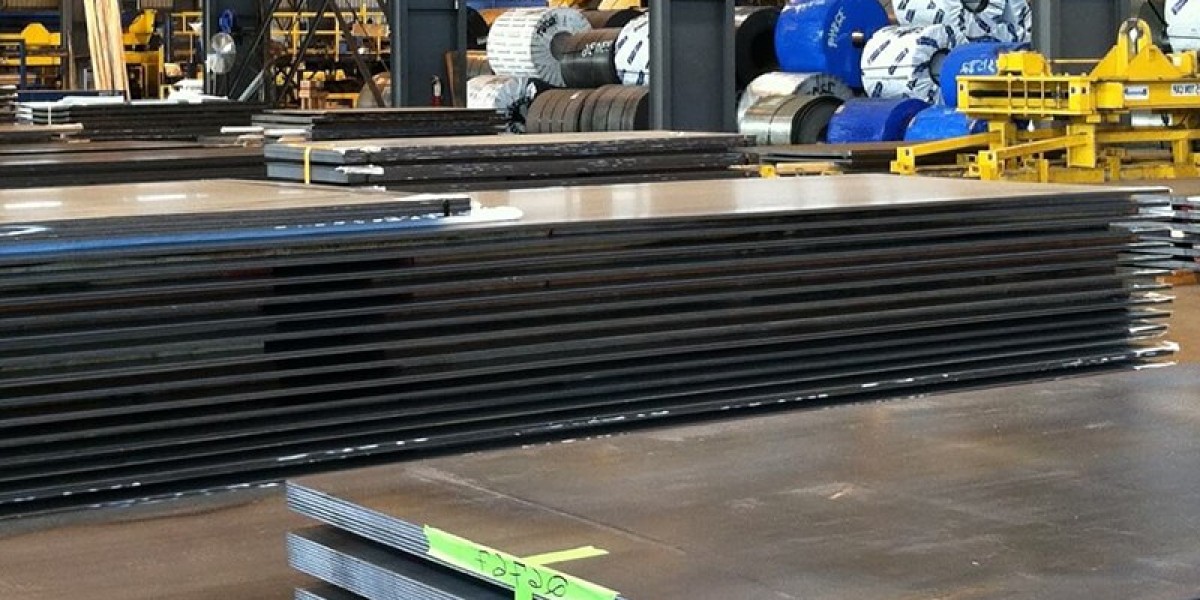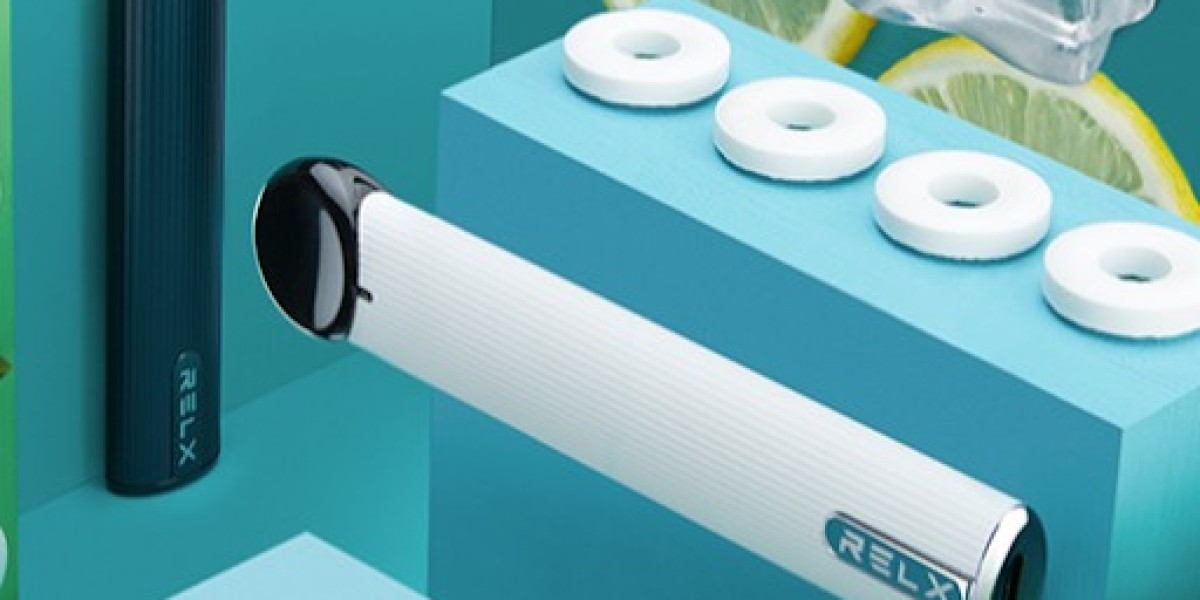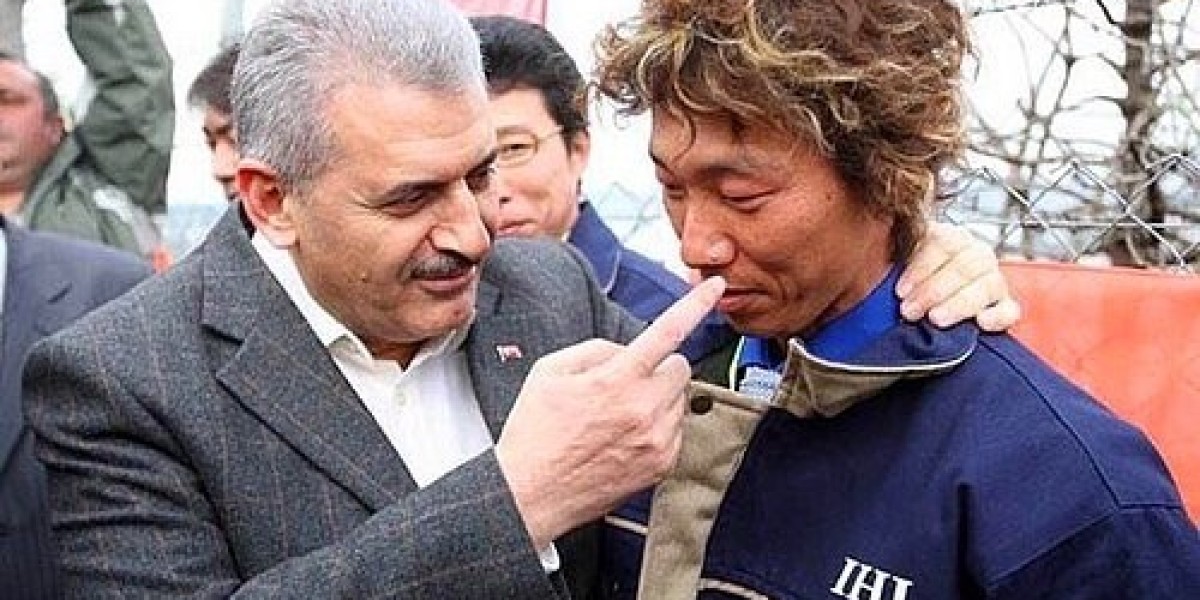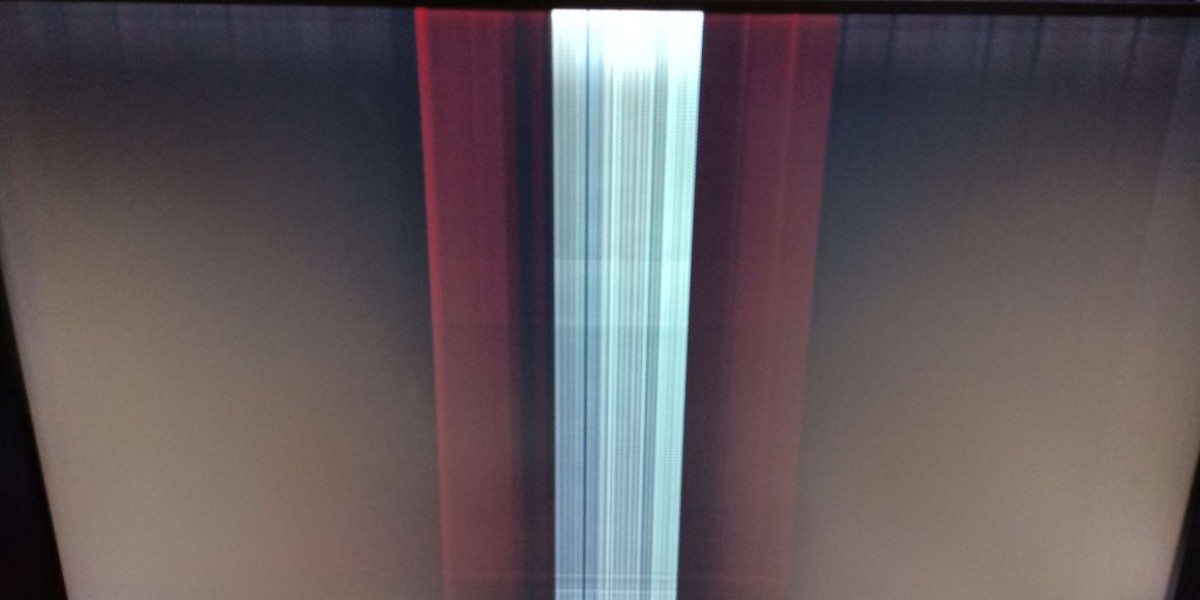
Mild carbon steel plates are widely utilized across industries due to their exceptional mechanical properties, such as high tensile strength, ductility, and weldability. These plates are integral components in structures ranging from bridges and buildings to industrial machinery and shipbuilding. However, achieving high-quality welds in mild carbon steel plates requires adherence to specific welding procedures to ensure structural integrity and longevity.
The first step in the welding process is material preparation. Welders must thoroughly clean the surfaces of the steel plates to remove any contaminants like rust, oil, or dirt, as these can lead to weak welds or defects. Using a grinding wheel or wire brush is common practice to achieve a clean surface. Next, the joint design must be carefully considered based on the thickness and application of the steel plate. For thicker plates, a V-groove joint is often preferred, while for thinner plates, a butt joint may suffice.
Selecting the appropriate welding process is crucial. Some companies prefer Shielded Metal Arc Welding (SMAW) for its versatility and cost-effectiveness, especially in outdoor or remote locations. However, Gas Metal Arc Welding (GMAW) or Flux-Cored Arc Welding (FCAW) may be chosen for their higher deposition rates and faster travel speeds, making them suitable for large-scale projects. Each process has its own set of parameters, including voltage, current, and wire feed speed, which must be optimized for the specific grade of mild carbon steel being welded.
During the welding operation, maintaining proper heat input is essential to prevent distortion or cracking. Welders must use consistent travel speeds and arc lengths to ensure uniform penetration and bead appearance. Post-weld heat treatment, such as stress relieving, may be necessary for certain applications to reduce residual stresses and improve the toughness of the weld.
Quality control is the final, yet critical, step in the welding process. Non-destructive testing methods, such as ultrasonic or radiographic inspection, can be employed to detect internal defects. Visual inspection is also performed to check for surface imperfections like undercutting or spatter. By following these welding procedures, companies can produce high-quality welds in mild carbon steel plates, ensuring the safety and reliability of their structures.
In conclusion, welding mild carbon steel plates requires a combination of skill, knowledge, and attention to detail. From material preparation to post-weld inspection, every step must be executed with precision to achieve the desired results. As industries continue to rely on mild carbon steel for their construction needs, mastering these welding procedures will remain a vital skill for welders and fabricators alike.








